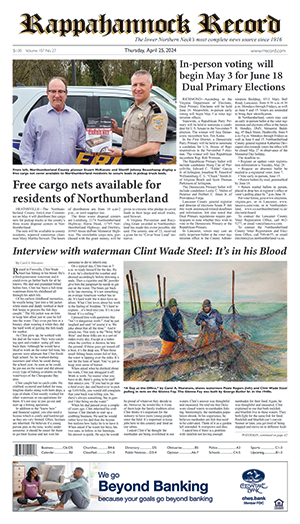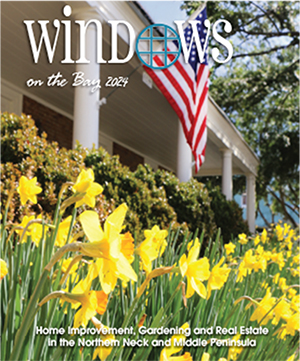With the onset of the New Year, a not-so-young man’s fancy turns to gardening. At home I think of attempting to move increasingly to a farm of sustainability in what we grow and how we use it. We have a cyclical flow in which many other residents participate; I see myself as the coordinator of their various involvements.
Encouraged by our friends Mary and Ted Barna, whose gardening exploits leave one agape by the size and scope of their raised beds, we too have moved away from in-ground planting in favor of raised beds. They are easier to plant and to harvest, and most importantly, to keep weeded.
As far as weeding goes, both Gladys and Henry are exemplary weeders. Unfortunately, they have not mastered the fine art of pulling the weed up by its roots, unless, that is, it is quite small. Being a cotton patch goose, Gladys should be expected to have a facility for weeding. Happily, she and Henry do not seem to be interested in vegetables, but I would not put anything past her. The chickens are less sophisticated, but still, they do their part. The ducks are too busy yakking to do much weeding.
Maggie, the Pembroke Welsh corgi, is excellent in chasing unwanted visitors, in the form of crows and other varmints, out of our territory. Steve, the cat, is a superb mouser. I much prefer buying cat food to mouse traps, the latter of which he renders superfluous. He adopted us over a year ago, not at a shelter, but simply by moving in on his own. He and Maggie have built a great friendship, each of them respecting the other’s purview and domain.
Nearly 50 years ago, my father planted a small Cedrus deodora in the back yard. Today, it is a massive tree with a trunk a yard in diameter. We were having difficulty mowing underneath its broad expanse, until a “money plant,” lanaria biennis, sprang up a few years ago. The result has been a takeover by that plant’s descendants, providing beautiful lavender spring flowers, and the legendary stems in the fall, all of which negates having to mow there.
The concept of invasive species had not come into popular parlance when my father was ordering plants in the 1970s. He was taken by catalogs, the offerings of which did not differentiate between native and invasive plants. Consequently, at present we are working to eliminate some of the plants and shrubs that do harm to the ecological balance we try to maintain.
A good example is the nandina shrub. It is a pretty plant with nice flowers that turn into large red berries in the fall, but these berries are both attractive and toxic to wildlife, particularly birds. They need to be cut off and discarded before they ripen. Another specimen to be avoided is the “burning bush.” As the name implies, the foliage is bright orange to red and the plant spreads voraciously.
Some nurseries continue to advertise the sale of invasive species, such as the Chinese golden sunburst locust and the hybrid poplar. I can see no value in either of these trees. They are subject to dropping large limbs and they shoot up offspring from their surface roots. The female locust produces a plethora of seeds that spread far and wide. The seeds need to be raked and burned to prevent further encroachment.
Lastly, the worst affront to unsuspecting gardeners is the sale by catalog of English ivy, a terrible predator that is damaging to trees and shrubs and smothers grass everywhere it grows. We never have bought ivy, but some years ago it began to appear in our yard, and it has been a constant nuisance thereafter.
Plant diversity and propagation make farm life an interesting and useful pursuit. In our case, it is one joined by all the residents of the barnyard.











